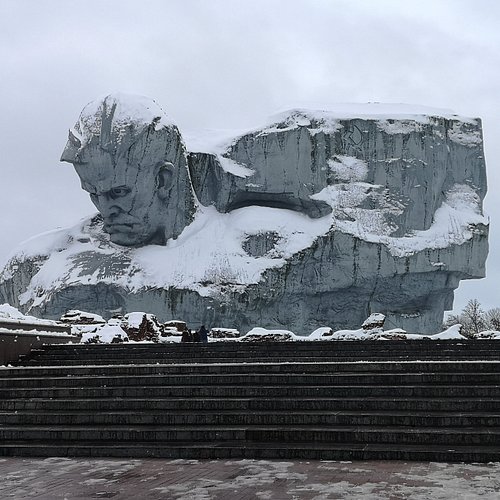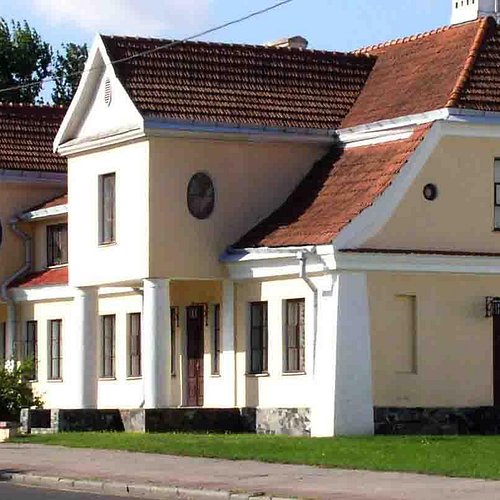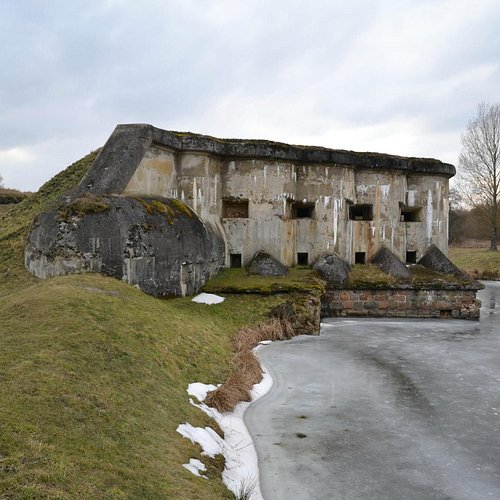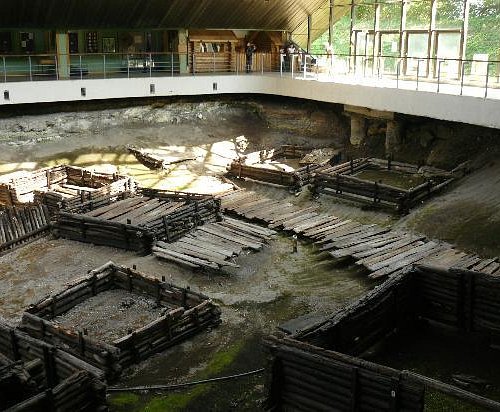What to do and see in Brest District, Brest Region: The Best Museums
Discover the best top things to do in Brest District, Belarus including Memorial Complex Brest Hero-Fortress, Historical and Memorial Museum Nemtsevichi Estate, Art Museum Branch of Brest Regional Local Lore Museum Belarus, Brest Railway Museum, Saved Artifacts Museum, The 5th Fort Museum, War Museum - Territory of the World, Brest Regional Museum of Local Lore, Berestye Archeological Museum, Brest City History Museum.
Restaurants in Brest District Bed and Breakfast Inns
1. Memorial Complex Brest Hero-Fortress
Overall Ratings
5.0 based on 1,230 reviews
The Brest Fortress (the Brest-Litovsk Fortress) was one of the fortresses built in 1830-40s to strengthen the western borders of the Russian Empire. It was commissioned on April 26, 1842 and was considered as one of the strongest European fortresses of that period. However it wasn't tested in real battles for a long time. During the World War I the garrison was evacuated according to the order of the High Command and the Fortress was used as a Headquarters of Kaiser's Germany Eastern Front. After October Socialist Revolution Russia became Soviet. On the territory of the Brest Fortress the Soviet government signed the Brest-Litovsk Peace Treaty with Germany and its allies (March 3, 1918), declaring the end of the WWI between them. After the Soviet-Polish war the Fortress ceded to Poland and was used as a military cantonment of the Polish Army. When the World War II erupted the Polish garrison was defending the Fortress from German aggressors for 3 days, but had to leave it. In September 1939 the Brest Fortress became Soviet. Two military divisions of the Red Army were stationed here. The Western Bug river flowing through the Fortress became a new borderline between Germany and the Soviet Union. On June 22, 1941 Germany invaded the USSR all along its borders. Units of Wehrmacht attacked the Fortress at 4.15 in the morning and surrounded it by 9 a.m. About 4.000 Soviet soldiers and commanders had to engage in battle with the enemy, having no opportunity to leave the besieged Fortress. The Fortress' Defence was the defence of its separate centres without Headquarters. Only in Citadel (the Central island) the defenders managed to create the united command on June 24, 1941. By the end of June most of the Fortress' territory was controlled by the Wehrmacht, though some defence sectors fought on till July, 12 (the Eastern Redoubt). The last known defender of the Brest Fortress Major P.Gavrilov was taken prisoner of war on July 23, 1941 - on the 32nd day of the war. But there were also other defenders. One of them used his bayonet to the rifle to write his last words on the brick wall of the barracks: "I'm dying, but I'm not surrendering. Farewell to the Motherland. 20/07/41".The Brest Fortress abundantly poured with the blood of its defenders became a sacred place for the people of the USSR. It became a symbol of courage, fortitude and military valor of a Soviet soldier. For the mass heroism shown during the defence, it was awarded the title of the Hero-Fortress (May 8, 1965). To commemorate the perished defenders it was decided to build a Memorial Complex. It was designed and constructed by the group of Soviet architects and sculptors with A.Kibalnikov at the head. The opening ceremony was held on September 25, 1971. The Memorial Complex "Brest Hero-Fortress" is a national shrine of the Republic of Belarus. More than 21 mln people from 120 countries around the world have already visited it. So driving through Brest be sure to see it!
Reviewed By cooker3000 - Dublin, Ireland
The most impressive place to visit in Brest. There are churches, museums and giant monuments so worth a few hours to wander around.










